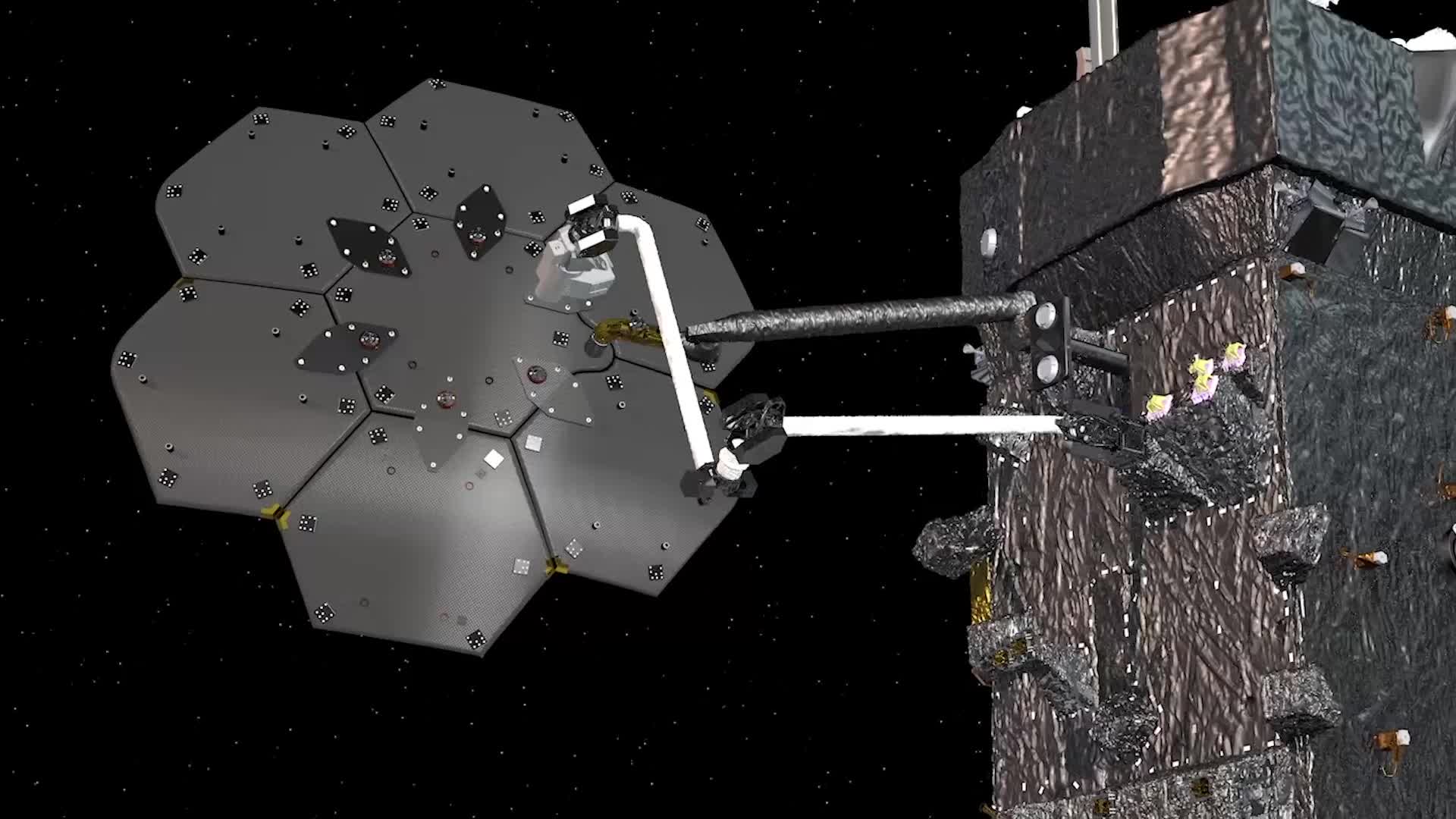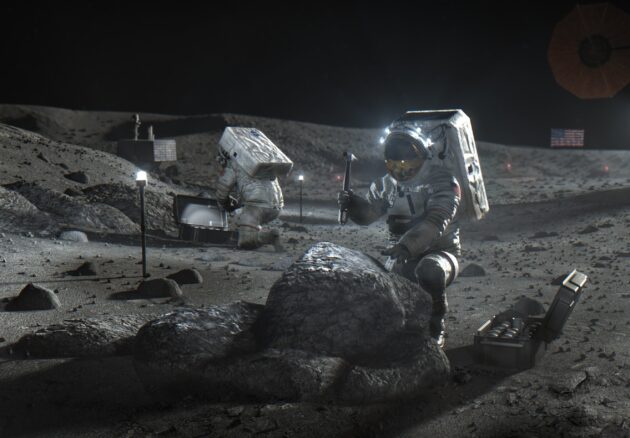When astronauts return to the Moon in the next few years, the plan is to have them stay for good while establishing a permanent outpost on Earth’s nearest celestial neighbor. Like all space missions, a lunar outpost will require fuel for long-term sustainability, but would it be better to mine fuel on the Moon or get fuel resupply from the Earth? This is what a team of researchers led by Bocconi University in Italy hope to address as they addressed the best option in terms of deriving fuel from either the Earth or the Moon.
Continue reading “The Moon is the Best Place to Transport Rocket Fuel”There’s Now a Gas Station… In Space!
According to the Union of Concerned Scientists (UCS), over 4,000 operational satellites are currently in orbit around Earth. According to some estimates, this number is expected to reach as high as 100,000 by the end of this decade, including telecommunication, internet, research, navigation, and Earth Observation satellites. As part of the “commercialization” of Low Earth Orbit (LEO) anticipated in this century, the presence of so many satellites will create new opportunities (as well as hazards).
The presence of these satellites will require a great deal of mitigation (to prevent collisions), servicing, and maintenance. For example, the San Francisco-based startup Orbit Fab is working to create all the necessary technology for orbital refueling services for satellites. To help realize this goal, industry giant Lockheed Martin recently announced that they are investing in Orbit Fab’s “Gas Stations in Space™” refueling technology.
Continue reading “There’s Now a Gas Station… In Space!”An Upcoming Mission is Going to Assemble and Manufacture a Communications Antenna and Beam in Space

It has been suggested that if humanity wants to truly embark on a renewed era of space exploration, one of the key ingredients is the ability to manufacture structures in space. By assembling everything from satellites to spacecraft in orbit, we would eliminate the most costly aspect of going to space. This, simply put, is the sheer expense of escaping Earth’s gravity well, which requires heavy launch vehicles and LOTS of fuel!
This is the idea behind the Space Infrastructure Dexterous Robot (SPIDER), a technology-demonstrator that will be going to space as part of NASA’s Restore-L spacecraft, which is designed to service and refuel a satellite in low-Earth orbit. Once deployed, the SPIDER will assemble a communications antenna and composite beam to demonstrate that space-based construction is possible.
Read more

